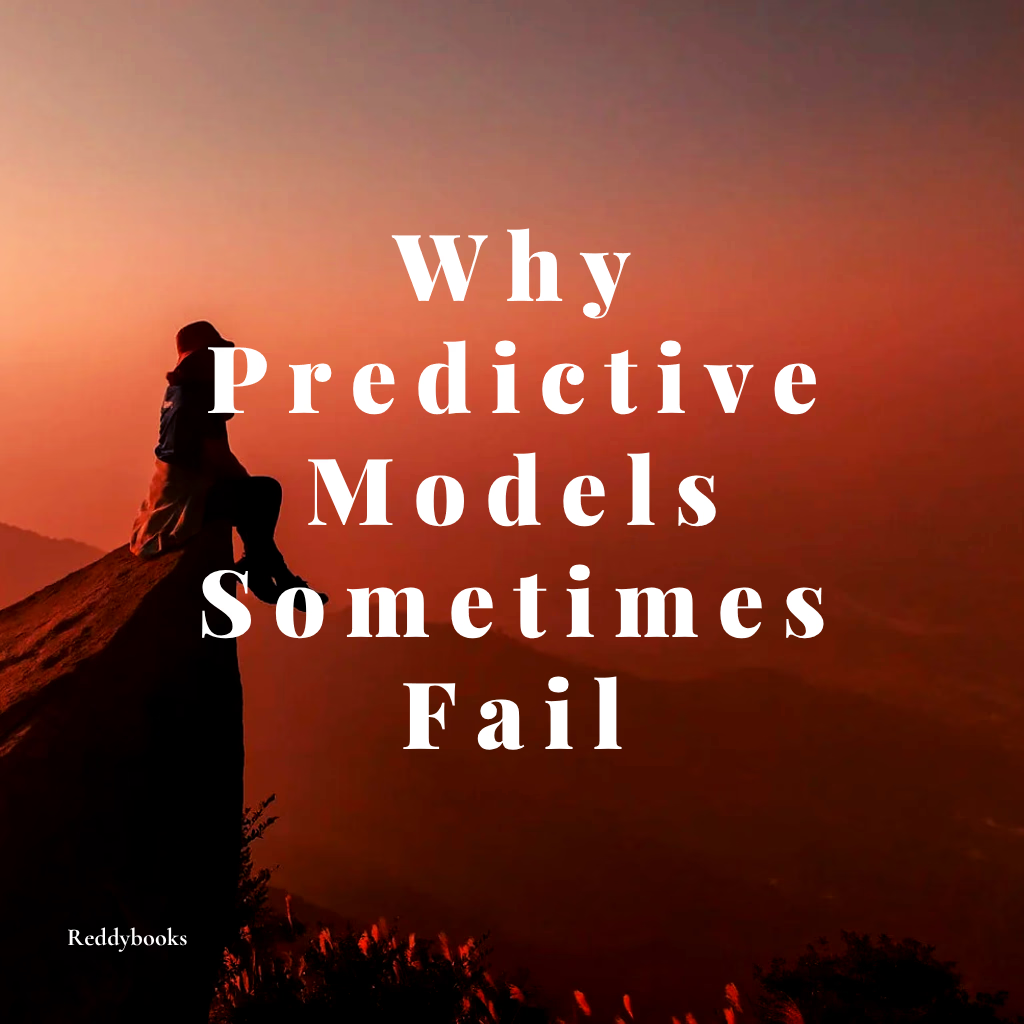In cricket analysis, predictive models are often viewed as the smartest tools for forecasting results. Built on large datasets and advanced algorithms, they promise to explain future outcomes with accuracy. Yet, as every fan knows, not every forecast proves correct. Understanding Why Predictive Models Sometimes Fail is critical for fans, analysts, and businesses who want to use data responsibly and create insights that audiences can trust.
At Reddy books online, we simplify the complexities of cricket data. Our platform explains not only how predictive models work but also why they fall short at times. By doing so, we help fans enjoy cricket smarter and give businesses an expert-driven foundation for credibility.
Why Predictive Models Cannot Guarantee Accuracy
Predictive models rely heavily on past data and assumptions. While they are powerful, they cannot account for every variable in live sport. Cricket in particular is unpredictable because of weather, pitch conditions, player form, and psychological factors. This is the main reason behind Why Predictive Models Sometimes Fail.
A model may suggest that a team has a strong chance of winning based on historical records, yet a single injury or unexpected pitch change can flip the outcome.
Key Reasons Why Predictive Models Sometimes Fail
1. Unaccounted Variables
Models are only as good as the data fed into them. Factors such as sudden weather changes, last-minute injuries, or untested players often remain outside the model’s scope.
2. Overfitting Historical Data
When models rely too much on past performance, they may misrepresent current realities. A team that dominated two years ago may struggle today due to squad changes. This over-reliance on old data highlights Why Predictive Models Sometimes Fail in cricket analysis.
3. Human Factors and Pressure
No algorithm can fully measure player mindset, nerves in finals, or leadership under pressure. These intangible elements frequently decide outcomes.
4. Dynamic Match Conditions
Cricket is played across diverse venues, formats, and climates. Predictive models may fail when they do not adapt quickly to conditions that differ significantly from training datasets.
5. Limited Real-Time Adjustments
Some predictive systems do not update insights ball by ball. Without live adjustments, predictions lose accuracy during fast-changing matches.
Lessons from Predictive Model Failures
While it is important to recognize Why Predictive Models Sometimes Fail, these shortcomings also teach valuable lessons. They remind us that models should guide decisions rather than dictate them. They highlight the need for balance between numbers and expert judgment. Most importantly, they encourage constant improvement in analytics to serve fans and businesses better.
Why Businesses Should Care About Predictive Models
For businesses, predictive models represent both opportunity and responsibility. Explaining Why Predictive Models Sometimes Fail allows platforms to establish credibility by being transparent with audiences. Fans respect honesty and value expert insights that go beyond surface-level numbers.
At Reddybooks, we help businesses turn these limitations into strengths. By combining data with expert interpretation, we build trust and ensure that organizations connect with fans more effectively.
Why Fans Should Value These Insights
For fans, predictive models are part of the excitement of cricket. They provide forecasts and numbers that make discussions richer. Yet knowing Why Predictive Models Sometimes Fail ensures that fans treat forecasts as guides, not guarantees. This perspective deepens appreciation for the game’s unpredictability and keeps the magic of cricket alive.
At Reddybooksonline, we simplify these lessons, ensuring fans follow cricket smarter and with more enjoyment.
Why Choose Reddybooksonline
- Expert-led analysis that balances predictive models with human insights
- Fan-first content created for Indian audiences yet relatable worldwide
- Consistent updates across matches, tournaments, and platforms
- Proven strategies that transform predictive insights into trust-building content
By working with us, you gain a partner that explains cricket with depth, clarity, and authority.
FAQs
Why Predictive Models Sometimes Fail in cricket
Because they cannot always account for unplanned variables such as weather, player psychology, or unexpected match conditions.
Are predictive models still useful despite failures
Yes. They provide valuable guidance but should be combined with expert insights for balanced analysis.
Can businesses benefit from acknowledging model failures
Absolutely. Transparency about Why Predictive Models Sometimes Fail builds credibility and strengthens trust with audiences.
How does Reddybooksonline approach predictive models
We combine data-driven forecasts with expert interpretation, creating insights that fans and businesses can rely on.
Final Thoughts
The story of Why Predictive Models Sometimes Fail shows that while analytics play a key role in cricket, no model can capture the full complexity of the game. Recognizing these limits makes forecasts more meaningful and builds trust with audiences. At Reddybooksonline, we bridge the gap between data and real-world outcomes, ensuring fans and businesses enjoy cricket smarter.




